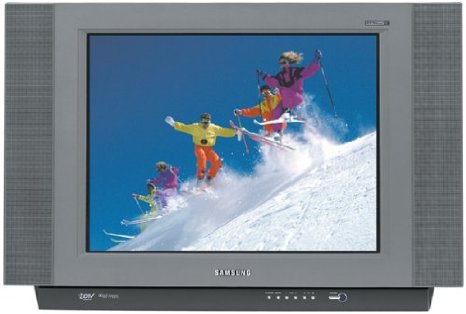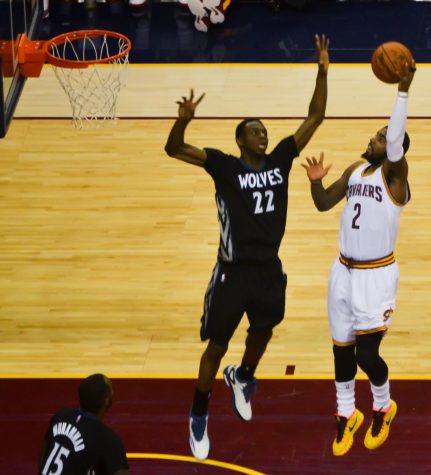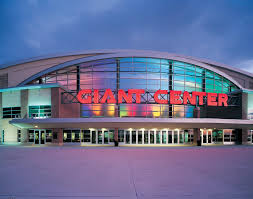Display Aspect Ratio

(photocredit amazon.com)
Aspect ratio is size of a picture on a display. Aspect ratio such as 4:3, 16:9, and 16:10 are some of the aspect rations that are commonly used by today’s consumers. 4:3 also known as the universal aspect ratio was used throughout the 20th century, around since the beginning of the modernized television. The aspect ratio of a display also determines the amount of pixel per inch.
The meaning of these numbers are the width and the height, of a picture on a display. The aspect ratio does not determine the size of the display itself, just the picture it is showing. 4:3 is the resolution that has been used since the 40’s when televisions started to be modernized. 4:3 allows for standard resolution and nothing else. 4:3 aspect ratios cannot support a resolution higher than 640×480 because of the ratio. 16:9 aspect ratios can support higher resolution because of the extra width and height to support for a bigger picture. 16:9 is also known as HD, and 16:10 is known as widescreen HD.
Televisions sold today are almost always anything but 4:3, because it is going obsolete. The fact that all televisions are switching to 16:9, 16:10, or even 21:9 is just the companies trying to keep up with the newest hardware.
DVD’s are starting to go obsolete considering that almost now all movies are on Blu-ray discs instead of DVD’s, because DVD’s do not support HD playback. The newer gaming console such as Xbox One, PlayStation 4, and WiiU do not support televisions with 4:3 aspect ratio or standard resolution. 4:3 resolutions were the norm for decades and now 16:9 and widescreen are becoming the new, and it doesn’t seem like these aspect ratios are going anywhere considering that playback technology is not really evolving at the moment.
Most of the television peripherals that are being released require a high definition TV, such as Blu-ray players, gaming consoles, or tablet/smartphone support. Smart TV’s are some of the newest televisions on the market; they have multi-ratio support, and have gaming support, coming pack with desktop computer grade processors and graphics.
4:3 support is available for most HD TV’s, so that you don’t have to have a standard definition TV to watch certain things. Since the evolution of the “flat screen TV,” as it used to be called, the term flat screen has almost faded away completely considering that almost all TV’s are flat now. The newer thing today are curved televisions, so maybe that will be the new norm of television technology.

Noah Barno is a junior and a second year Journalism student.
Noah Barno helps at churches and other organizations (such as food drives and festivals.)
Some...












